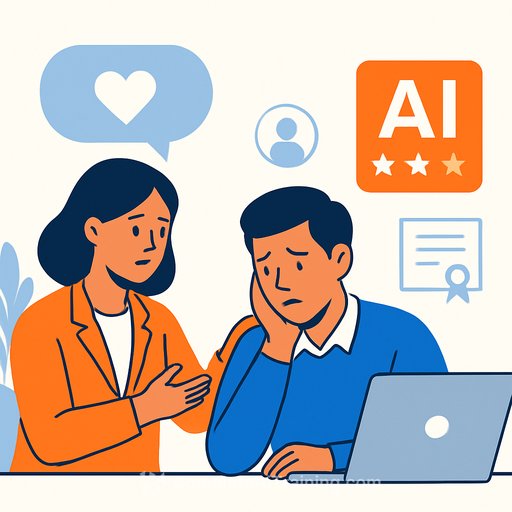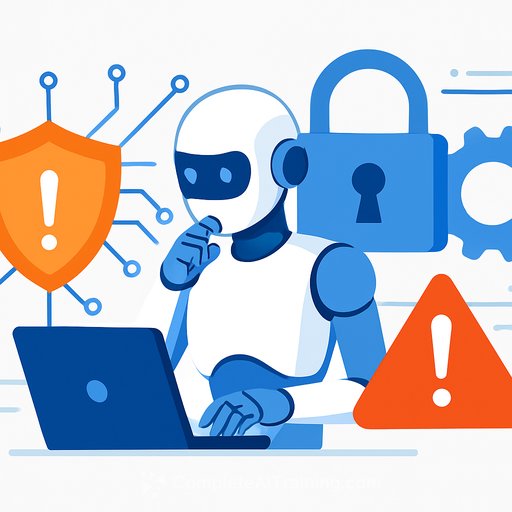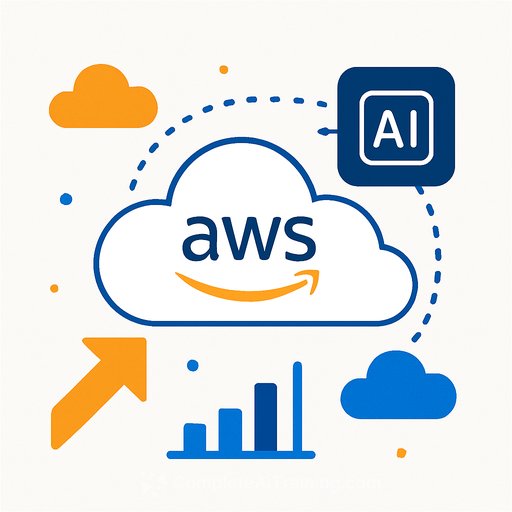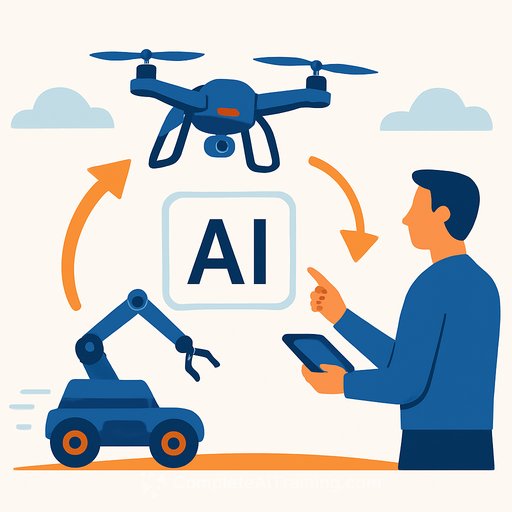"Quiet Cracking" at Work: Why Empathy Must Balance AI-Driven Performance
AI is running more of the scorecard at work. That's useful-until quiet emotional erosion slips past the dashboard. Quiet cracking describes people who look steady and productive, yet carry fatigue, uncertainty, and fear of redundancy under the surface. Left unchecked, it drains team health, decision quality, and retention.
What managers are missing
Quiet cracking rarely looks dramatic. People show up, join meetings, hit minimums-then slowly withdraw. They stop offering ideas, avoid stretch work, and blend into the background. If you wait for a crisis, you'll find out too late.
Why AI alone gets it wrong
Algorithms read patterns, not feelings. Emotional exhaustion gets labeled as disengagement. That can tilt decisions on performance, promotions, and exits.
Leaders from global firms caution against letting models judge in isolation. Use AI to surface trends; keep humans accountable for context. Psychological safety-where people can speak up and admit struggle-still requires skilled managers, not more metrics. See HBR on psychological safety.
What's driving the crack
Constant restructuring and "prove-you-can-learn" loops make even strong performers feel like beginners on repeat. The fear that skills will age out creates quiet stress that later shows up as performance dips. As one HR leader put it: in a data-heavy workplace, fatigue can look like underperformance.
How it shows up (early signals)
- Present, but distant: few questions, fewer ideas
- Withdrawing from collaboration or cross-functional work
- Taking safer tasks; avoiding stretch assignments
- Micro-delays, missed small commitments, silence in async channels
- Agreeing quickly without probing or pushback
A manager's playbook
- Rebuild 1:1s: ask "energy level 1-10?" and "what should we stop right now?"
- Tune dashboards: pair output metrics with leading signals (help-seeking, collaboration, learning hours). Weight outreach and initiative, not just volume.
- Human-in-the-loop: any AI flag on performance requires a manager note on context before action.
- Work design: aim for a mix of meaningful work, maintenance, and experimentation each quarter.
- Stability statements: be explicit about what won't change this quarter to reduce ambient fear.
- Team rituals: weekly check-ins, no-meeting blocks, and focus hours. Small, consistent habits beat wellness slogans.
- Real support: open forums, confidential helplines, and policy signals (e.g., unlimited sick leave, menstrual leave) show care is operational, not theatrical.
Leaders like Amit Sharma (Gokaldas Exports) and Rohini Singh (Fractal Analytics) argue for this blended approach: let automation assist, but keep empathy in the decision seat. Somraj Roy (CEAT, RPG Group) highlights policies and 24x7 support that make safety tangible. These moves don't slow teams; they keep them from silently grinding down.
Use AI-without losing the human center
- Use models to spot trend lines, not to label people.
- Triangulate: metrics + manager observations + employee voice (surveys, stay interviews).
- Protect learning time. The "perpetual beginner" feeling eases when upskilling is scheduled, not squeezed.
If your team needs structured AI upskilling paths by role, see Complete AI Training: Courses by Job. Clear pathways lower anxiety and raise confidence.
Rethink success metrics
Performance still matters. But the scoreboard should expand. Emotional resilience, adaptability, and psychological safety belong in hiring, reviews, and promotions.
- Behavioral and situational interviews that probe stress responses
- Emotional intelligence assessments for managers
- Quarterly stay interviews to spot friction before it becomes attrition
What younger talent is telling you
They speak openly about mental health, set boundaries, and call out toxic norms. That's not fragility-it's signal. Build around it, and you'll keep the performers others will lose.
Manager checklist (quick)
- Weekly: ask one energy question and one friction question
- Monthly: review AI flags with context, not in isolation
- Quarterly: publish "what won't change," rotate stretch work fairly, run stay interviews
- Always: reward candor, not just output
Burnout and quiet cracking overlap, but they're not identical. Burnout is recognized as an occupational phenomenon; see the WHO definition. Quiet cracking is the silent phase that precedes visible decline-and it's where managers can do the most good.
The takeaway is simple: AI can track performance, but it can't carry trust. Organizations that pair data with empathy will keep their best people, make better calls, and build teams that are steady under pressure and smart with technology.
Your membership also unlocks:






